Traffic deaths disproportionately affect Milwaukee County and its Black and brown residents, report shows
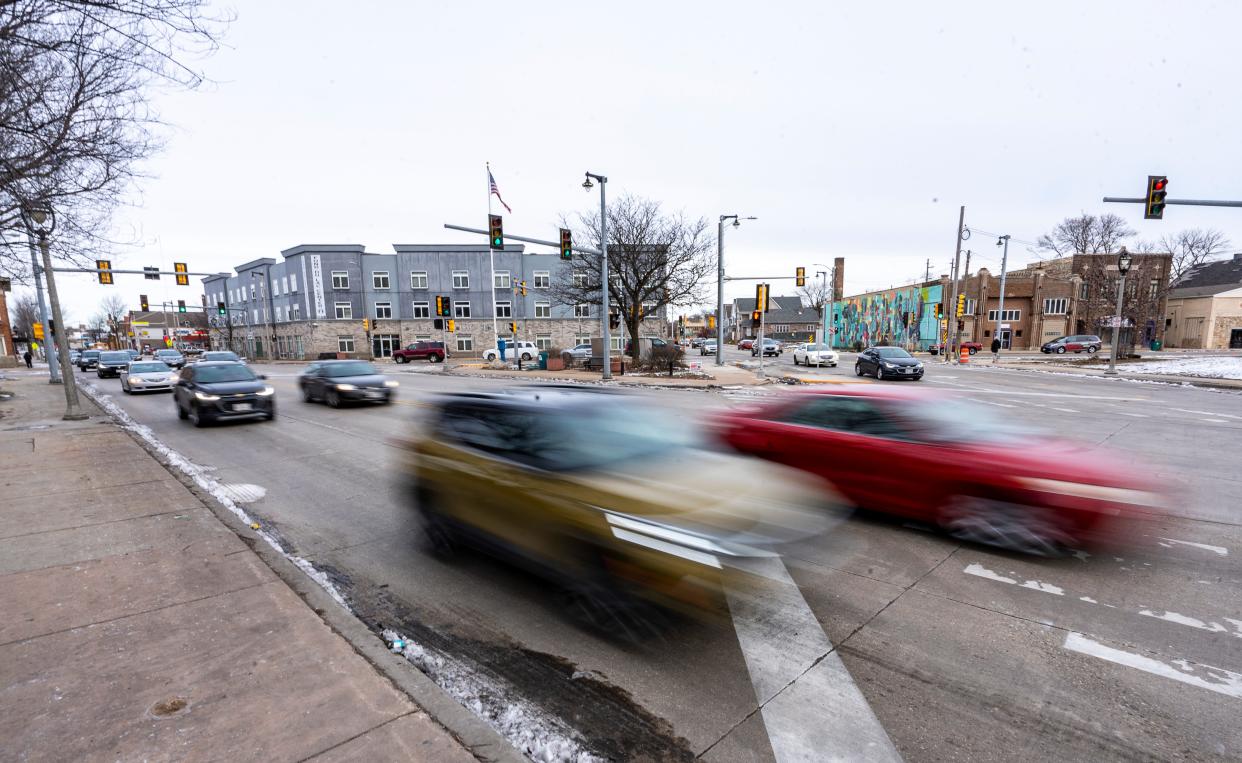
A new report issued Thursday reinforced that Milwaukee has the most dangerous roadways in the state and has in recent years experienced a surge in traffic deaths that is largely impacting Black and brown lives.
While Milwaukee officials are trying to address the state of the streets by going on the offensive against reckless driving with traffic calming measures and stricter penalties, the rest of the state continues to see a historical decline in residents dying in a crash.
Wisconsin Policy Forum issued a report Thursday on its findings after reviewing data from Community Maps, a real-time crash tracking application developed by the Wisconsin Department of Transportation in partnership with the University of Wisconsin-Madison.
The COVID-19 pandemic brought about an increase in traffic deaths across the state, regardless of county, akin a national trend. But data shows the pandemic did not significantly alter the trajectory of increases seen in Milwaukee County.
When you look at data over two decades, from 2002 to 2022, which is the latest time period of data available, traffic deaths increased by 113.5% in Milwaukee County, while deaths declined by 36.1% in the rest of the state during the same time period.
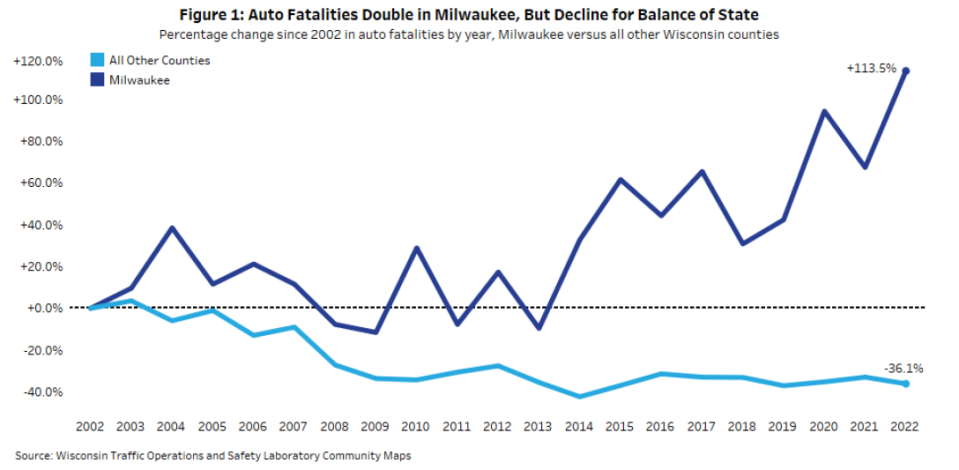
The data shows a three-year average of traffic deaths increased by 69.9% in Milwaukee County from 2010-2012 to 2020-2022. Meanwhile, the three-year average of traffic deaths in all 71 other Wisconsin counties combined declined by 5.7% during that same period.
Wisconsin Policy Forum also compared data from Milwaukee County to eight similar urban counties in other states. Data shows Milwaukee ranked slightly above the middle of the pack in traffic deaths in 2022, but the county ranked among the highest in traffic deaths for Black and Latino residents.
Traffic deaths largely impacting Black and brown adults, and urban communities
According to the Centers for Disease Control and Prevention, from 2018 to 2022, traffic deaths increased by 9.8% among Black residents in Wisconsin. During that same period, traffic deaths have increased by 45.3% among Latino Wisconsinites. Among whites, traffic deaths declined slightly during that same period.
Milwaukee County is home to a majority of the state's Black residents and plurality of its Latino residents.
A Journal Sentinel report from May 2023, using one year of data from 2021 to 2022, found that 13 of the top 14 worst intersections for crashes occurred on the north side of Milwaukee, in predominantly Black neighborhoods. The other intersection is located on Milwaukee's south side in a predominantly Latino neighborhood.
An assessment released in February by Milwaukee County found that serious crashes are disproportionately happening in communities with high levels of poverty, language isolation or low vehicle access.
In a positive trend, when looking at age, teens, young adults and older residents marked a decrease the last two decades in traffic deaths. Deaths involving teen drivers declined statewide during this period, and did not increase in Milwaukee County. Decreases in traffic deaths among teens and young adults are even more pronounced in Wisconsin compared to the U.S.
In more recent years, the highest traffic death rates have been recorded in states in the South and Mountain West. Wisconsin’s traffic death rates consistently has ranked in the bottom half of the 50 states.
Traffic deaths are mostly an urban problem in comparison to rural communities. From 2012 to 2022, traffic deaths in the city of Milwaukee increased by 107.1%. In the state's next 19 largest cities combined, an increase was seen of 45.8%. Wisconsin Policy Forum reported that while significantly less than Milwaukee's increase, those 19 cities outpaced population growth in those communities.
Milwaukee County seeing an increase in speeding, pedestrian deaths, nighttime crashes
Among the data is if law enforcement determined whether speed played a role in the traffic death. From 2002 to 2022, Milwaukee County speed-involving traffic deaths increased by 213%, while across the state, speed-involving traffic deaths declined by 55.1%.
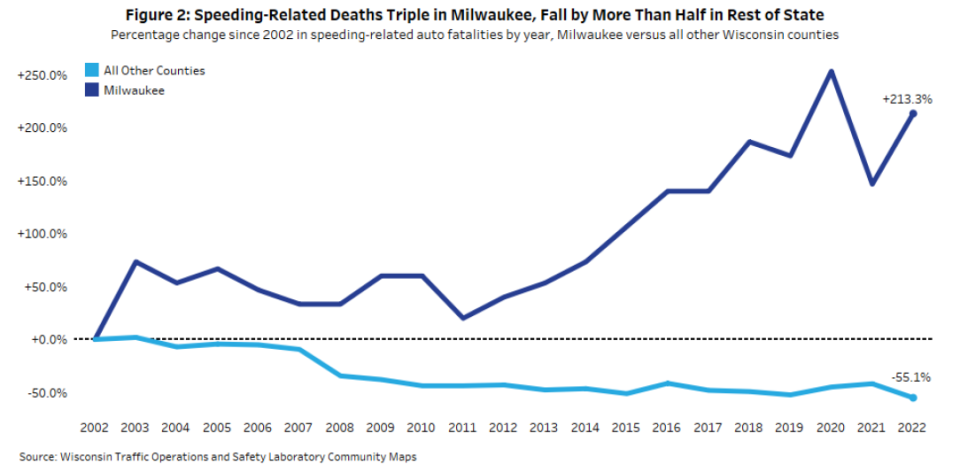
Another major point of concern in Milwaukee are pedestrian-involved collision deaths. Milwaukee County recorded a two-decade high of 32 pedestrian-involved collision deaths in 2022, according to Community Maps. While across the state, pedestrian-involved collision deaths declined slightly since 2005.
Between 2002 and 2022, the number of drunken driving traffic deaths has declined, both in Milwaukee County and the state. Milwaukee County has seen an increase in crashes occurring at night (7 p.m. to 3 a.m.) over the last decade, but the report states it was broadly in line with longer-term historical trends.
Milwaukee compared to Indianapolis, Detroit, Minneapolis and more
Wisconsin Policy Forum compared Milwaukee County to eight similar Midwestern and Great Lakes counties. Using data on traffic deaths from 2020 to 2022, Milwaukee County ranks fourth in traffic death rate per 100,000 people. Here is how all nine counties rank:
Marion County, Indiana (Indianapolis)
Jackson County, Missouri (Kansas City)
Wayne County, Michigan (Detroit).
Milwaukee County, Wisconsin (Milwaukee)
Cuyahoga County, Ohio (Cleveland)
Hamilton County, Ohio (Cincinnati)
Erie County, New York (Buffalo)
Allegheny County, Pennsylvania (Pittsburgh)
Hennepin County, Minnesota (Minneapolis)
Milwaukee ranks third among the nine counties in traffic death rate among Black residents. Milwaukee, Marion, Wayne and Jackson had very similar traffic death rates from 2020 to 2022 and were much higher than the other five counties. The CDC was not able to determine traffic death rates for Latinos.
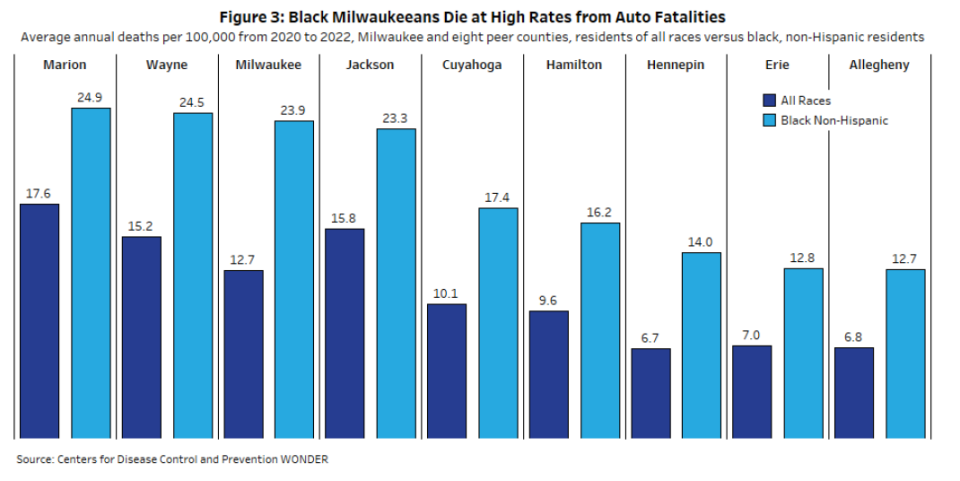
Lawmakers have taken action in recent years
Much of this research predates when state and local policymakers increasingly prioritized making streets safer across the U.S., to the support of a growing contingent of urbanists around the country.
In Milwaukee, Mayor Cavalier Johnson has made it a top priority of his administration. Recently, engineering changes have been made to streets that encourage people to slow down. Bump-outs or curb cutouts were added to some streets resulting in the removal of drivable lanes. The mayor also wants to prioritize more dedicated space for cyclists and pedestrians.
The mayor adopted the multinational "Vison Zero" goal of zero traffic deaths.
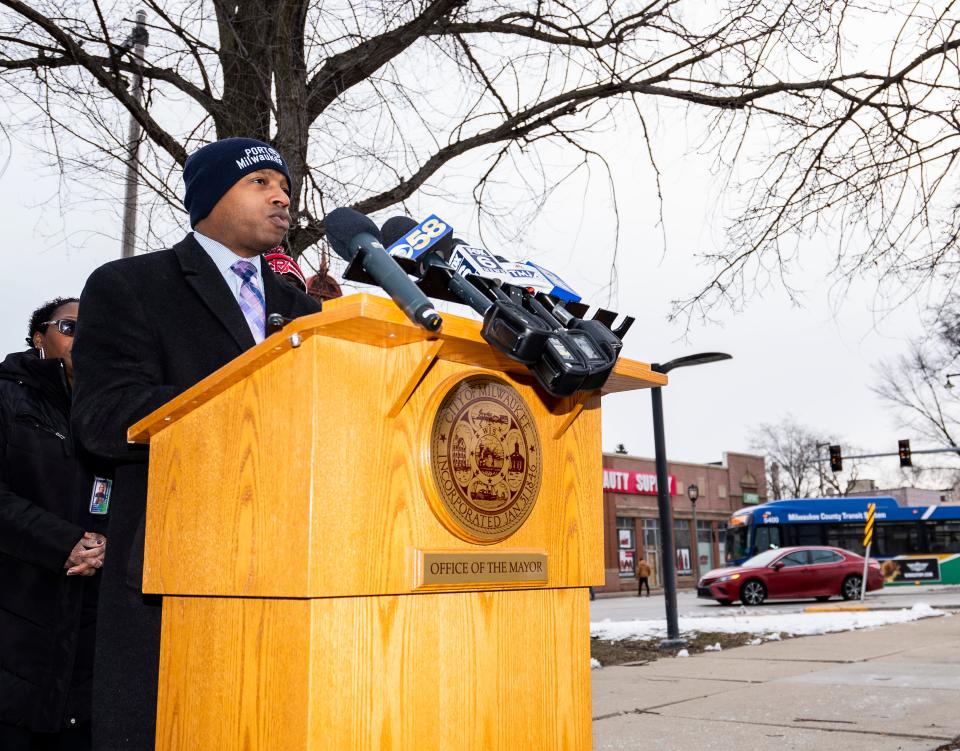
Gov. Tony Evers also signed legislation last year addressing reckless driving. The laws increase penalties for reckless driving and for attempting to flee police. The governor also increased funding for driver's education.
In February, the mayor, County Executive David Crowley and a collection of Milwaukee elected officials called on the state Legislature to allow the city to use automatic traffic enforcement cameras to cite drivers who run red lights.
Although recent legislation hasn't been crafted, Crowley, when he was a state representative in 2017, proposed a bill that would allow for people to be ticketed by mail for traveling over 20 miles per hour above the posted speed limit or for running a red light. The practice is currently forbidden under state law.
Some in the community fear that red-light cameras will disproportionately affect people of color, among other concerns. Johnson said the city would be positioned to learn from other communities, such as Chicago, which had a range of issues with their programs. He said, for example, that if a car is reported stolen, the owner wouldn't be ticketed.
Alison Dirr and Elliot Hughes of the Journal Sentinel contributed to this report.
This article originally appeared on Milwaukee Journal Sentinel: Traffic deaths disproportionately affecting Milwaukee County
